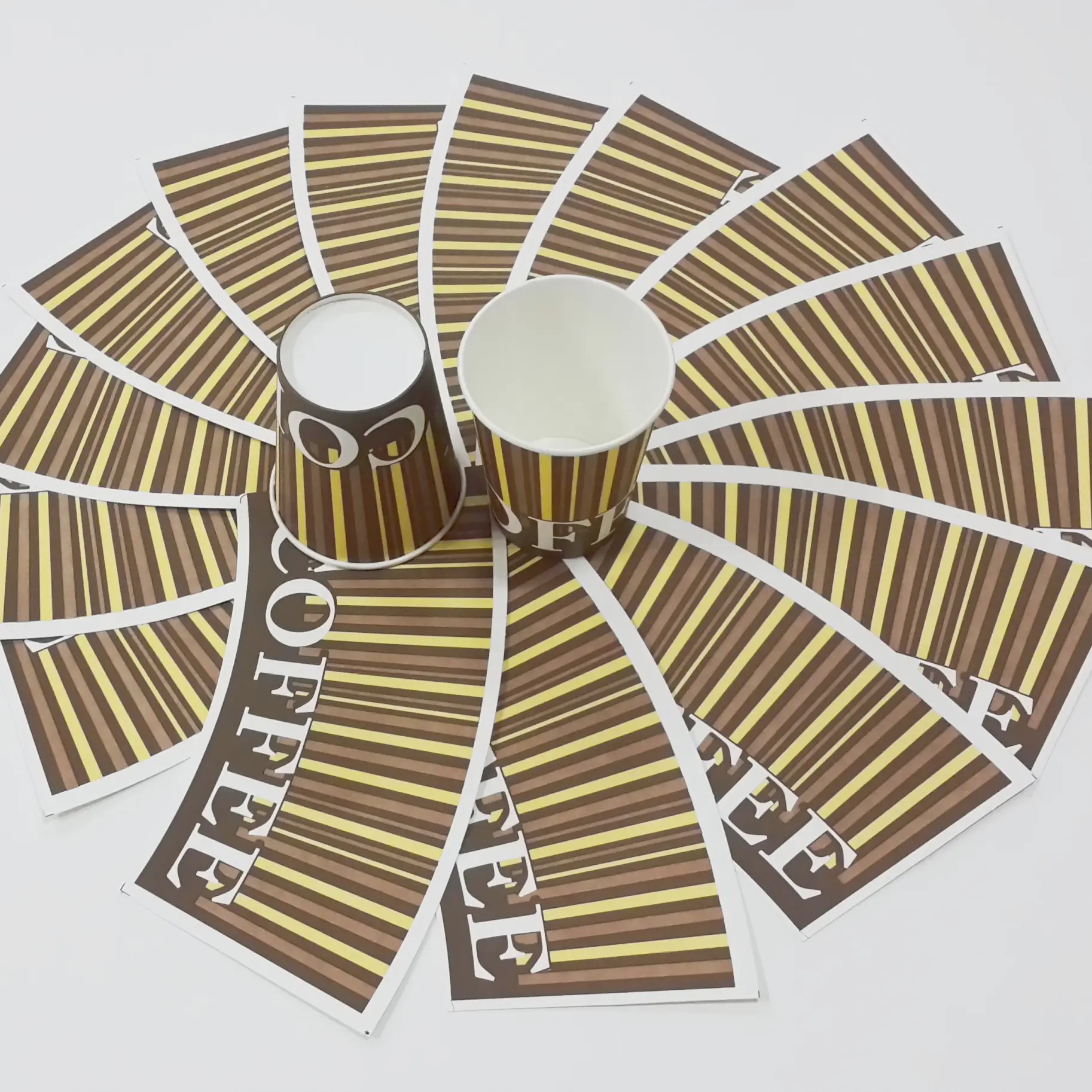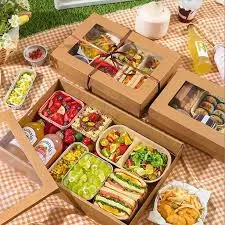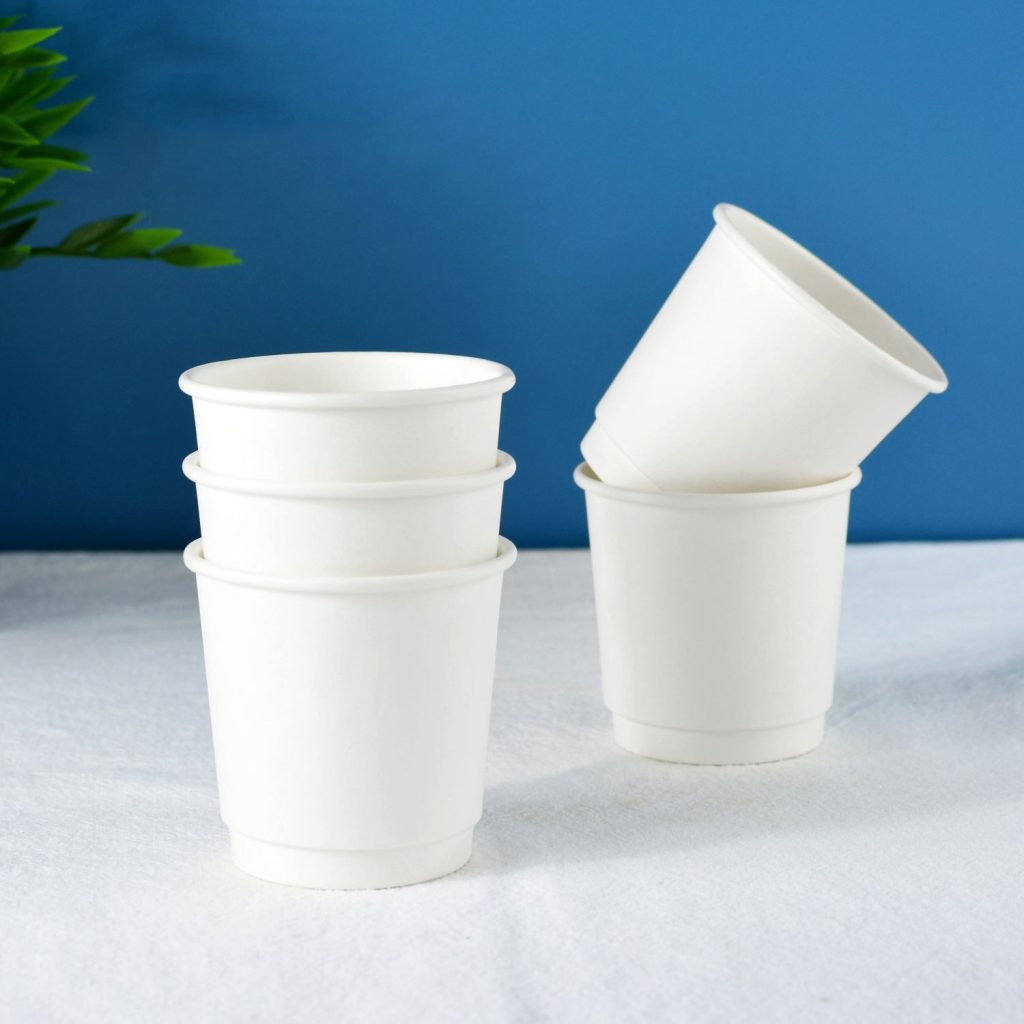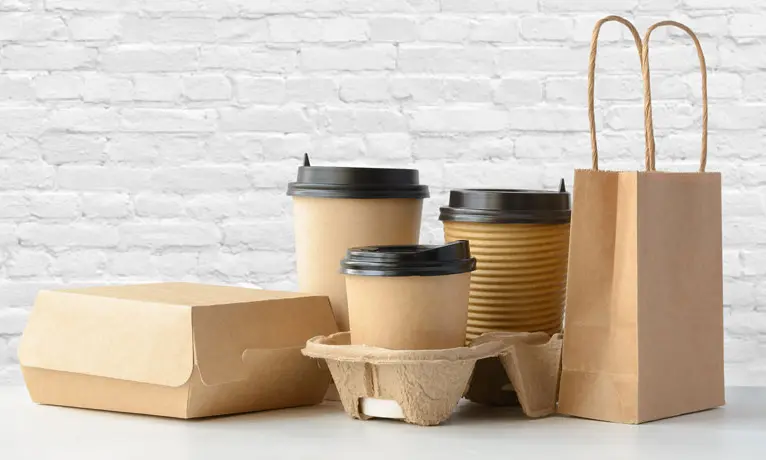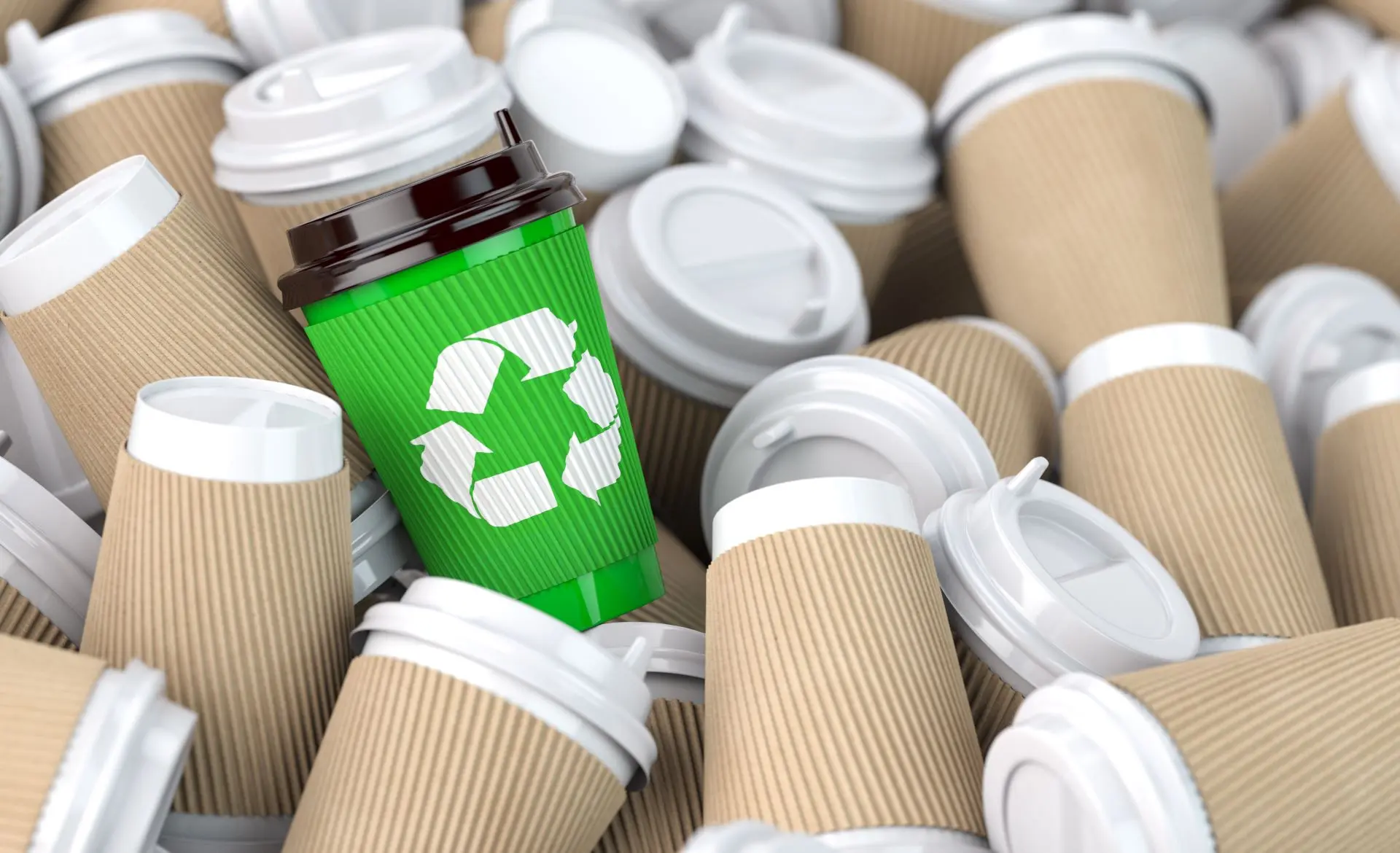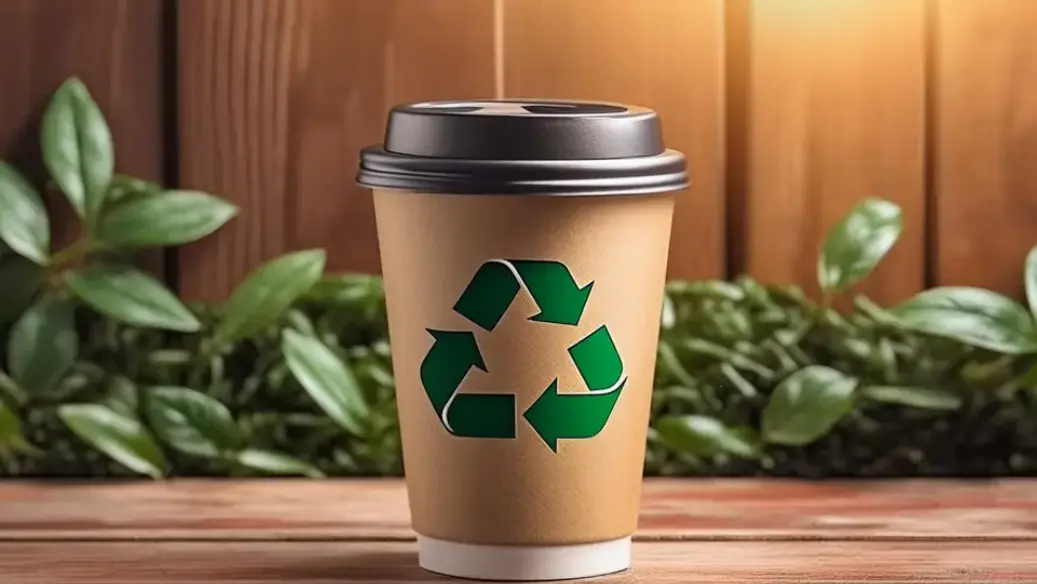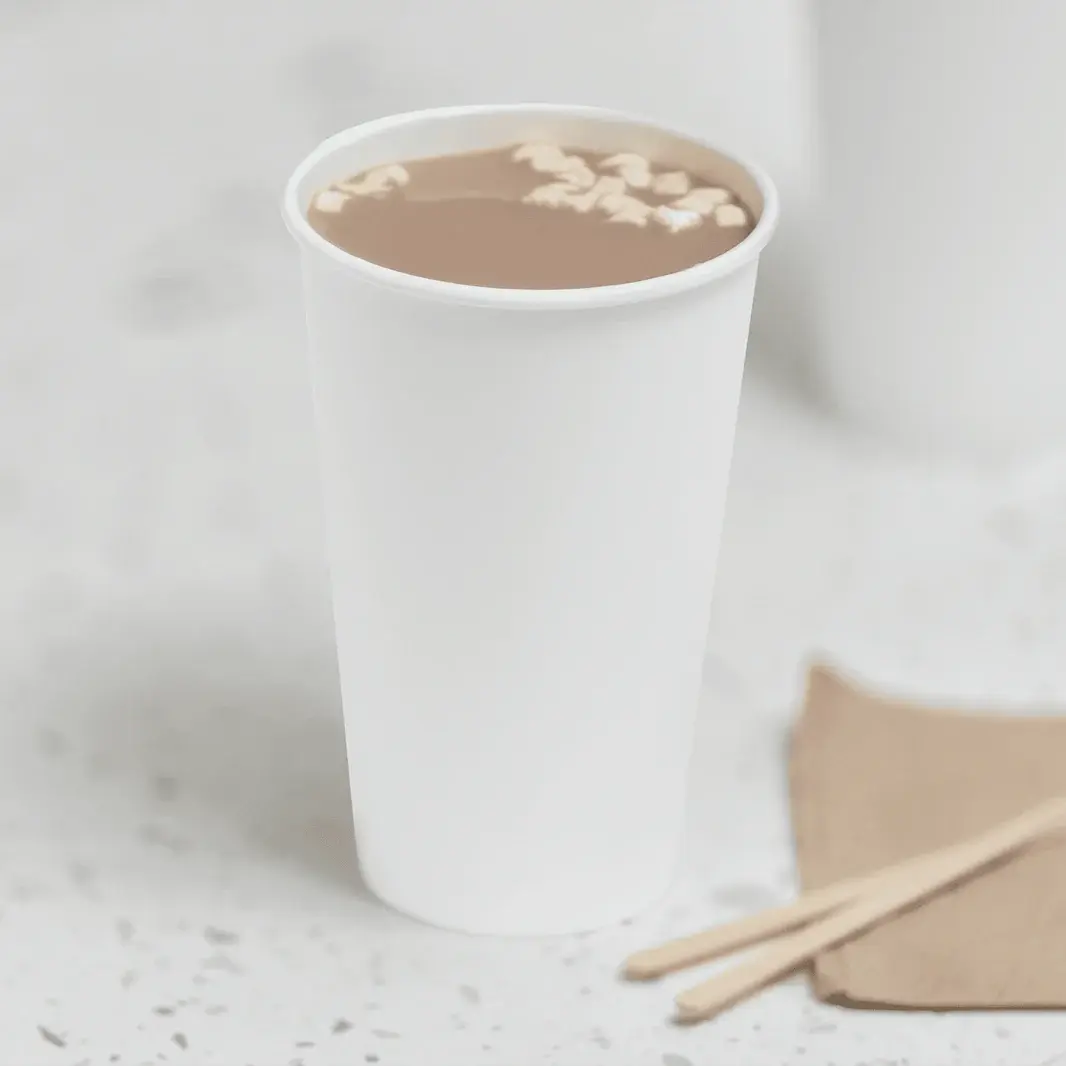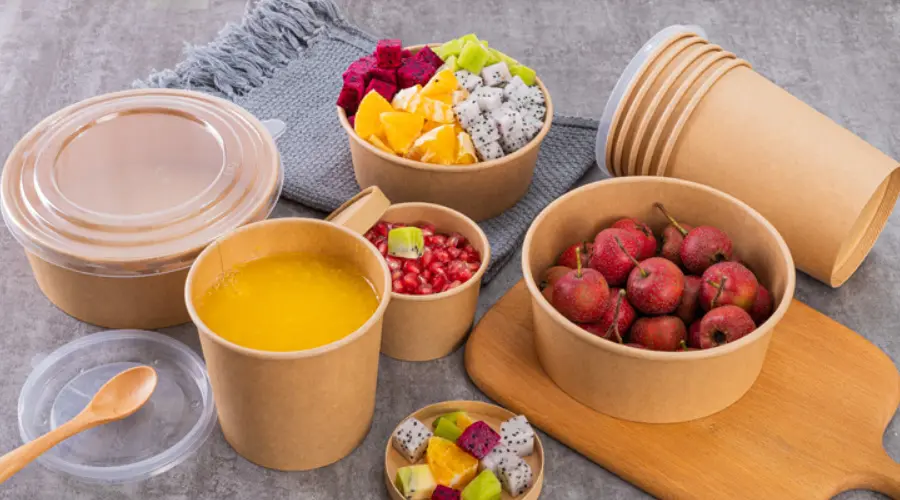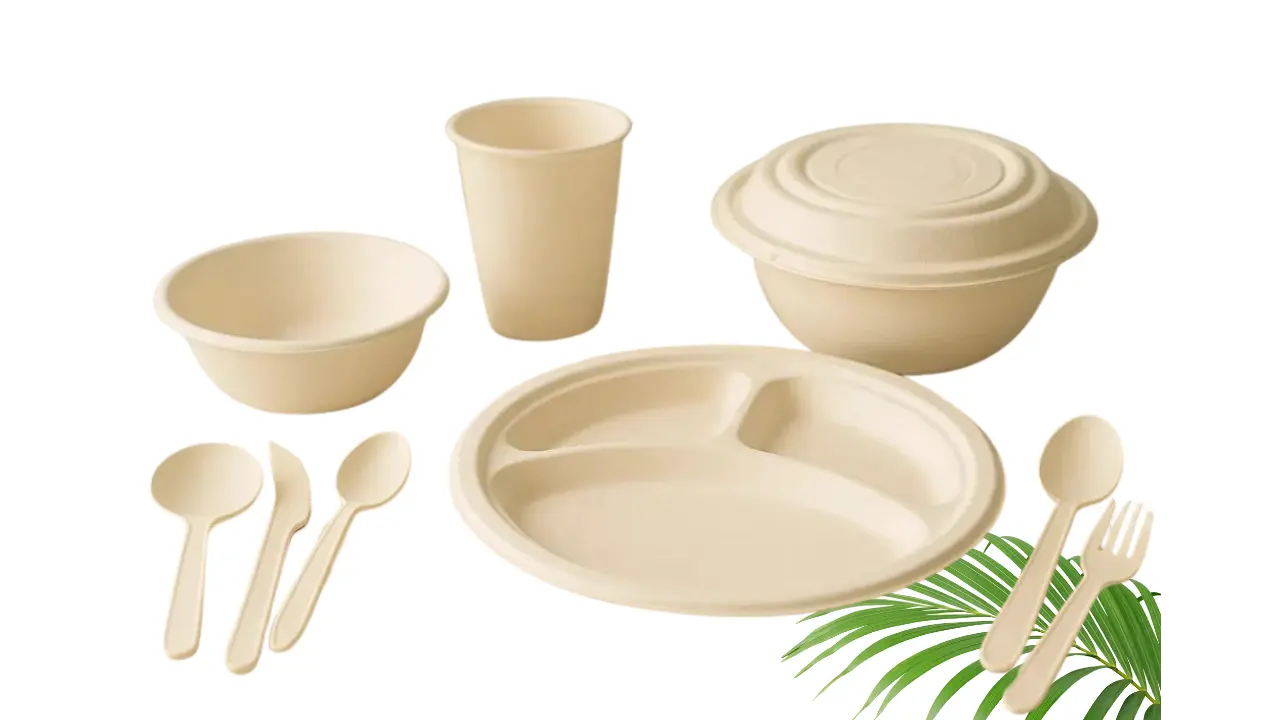Why Food Grade Paper Boxes Are Better Than Plastic
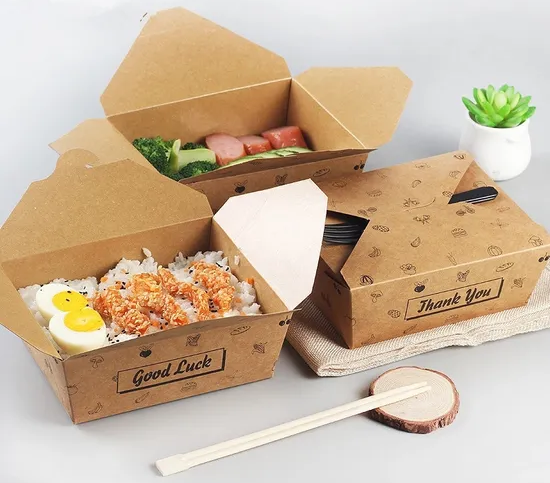
Food grade paper boxes provide a sustainable alternative to plastic packaging. They help reduce environmental harm while promoting health safety. I find the effectiveness of these boxes in Food Packaging remarkable. Unlike plastic, which contributes significantly to pollution, paper options offer a biodegradable solution that aligns with eco-friendly practices.
Key Takeaways
- Food grade paper boxes are biodegradable, breaking down naturally within months, which helps reduce landfill waste and supports a healthier environment.
- Choosing food grade paper boxes over plastic reduces exposure to harmful chemicals, ensuring safer food storage and protecting consumer health.
- Food grade paper boxes are often more cost-effective than plastic, offering long-term savings for businesses while aligning with consumer preferences for sustainable packaging.
Environmental Benefits of Food Grade Paper Boxes

Food grade paper boxes offer significant environmental benefits that make them a superior choice over plastic packaging. I find it essential to highlight these advantages, as they contribute to a healthier planet.
Biodegradability
One of the most compelling reasons to choose food grade paper boxes is their biodegradability. Unlike plastic, which can take hundreds of years to decompose, paper boxes break down naturally within months. This rapid decomposition reduces landfill waste and minimizes the long-term impact on our environment. I appreciate knowing that when I use Paper Packaging, I am contributing to a cycle that supports nature rather than harming it.
Reduced Pollution
Plastic packaging releases several harmful pollutants, including phthalates, BPA, and PFAS. These chemicals pose various health risks, such as reproductive and developmental issues. In contrast, food grade paper boxes do not contain these toxic substances, making them a safer alternative for food packaging. By opting for paper, I actively reduce the pollution that plastic contributes to our ecosystems.
Tip: When selecting packaging, always check for certifications that ensure safety and environmental responsibility.
Sustainable Sourcing
The production of food grade paper boxes often involves sustainable practices. Many manufacturers hold certifications that demonstrate their commitment to responsible sourcing. For instance, they may be certified by organizations such as:
| Certification Name | Description |
|---|---|
| BRCGS Certification | Certified to Provide Safe Packaging for Food |
Additionally, many manufacturers adhere to standards set by:
- Forest Stewardship Council™ (FSC-C132345)
- Sustainable Forestry Initiative® (SFI-01688)
- Programme for the Endorsement of Forest Certification (PEFC-29-31-404)
These certifications assure me that the materials used in food grade paper boxes come from responsibly managed forests. This commitment to sustainability not only protects our forests but also supports biodiversity.
Health and Safety Advantages of Food Grade Paper Boxes
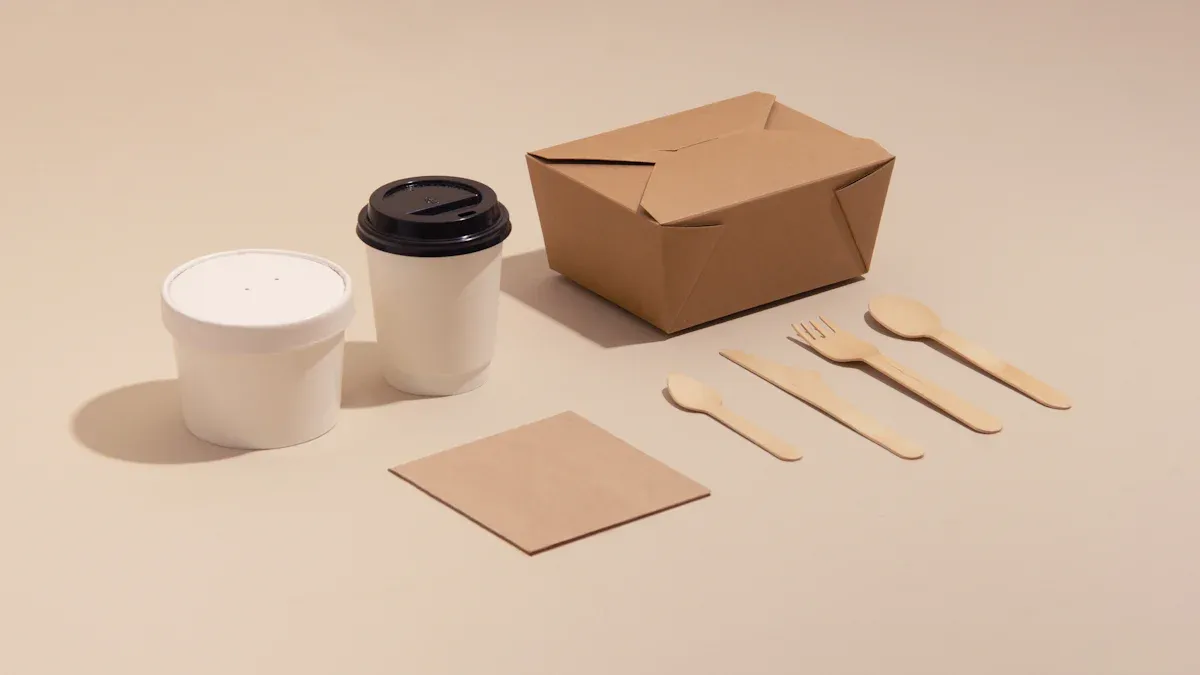
When it comes to health and safety, food grade paper boxes stand out as a superior choice compared to plastic packaging. I find it crucial to consider how these boxes protect both consumers and the environment.
Chemical Safety
Food grade paper boxes do not contain many harmful chemicals commonly found in plastic packaging. For instance, plastic often includes thermal stabilizers, slip additives, light stabilizers, antioxidants, solvents, and phthalates. These substances can migrate into food, posing health risks. In contrast, food grade paper boxes are free from these chemicals, making them a safer option for food storage. I appreciate knowing that my food is not exposed to potentially harmful substances when I choose paper packaging.
Research indicates that the migration of harmful substances from plastic packaging into food can be significant, especially with direct contact. Factors such as temperature and exposure duration can increase the transfer of these substances. In a study comparing various packaging types, printed paper showed high migration levels due to the components used in printing. However, unprinted paper with aluminum foil demonstrated low migration levels, effectively reducing the risk of chemical transfer. This reinforces my belief that food grade paper boxes provide a safer alternative.
Food Safety Standards
Food grade paper boxes must meet stringent safety standards in major markets like the United States and the European Union. In the U.S., regulations established by the Food Additives Amendment of 1958 and the Federal Food, Drug, and Cosmetic Act ensure that food-contact materials undergo rigorous safety assessments. Similarly, the European Community has developed a framework since the 1970s to protect consumer health. I find comfort in knowing that these regulations help guarantee the safety of the packaging I use for my food.
In tests comparing food grade paper boxes to plastic packaging, paper consistently performed well. For example, a study showed that 67% of consumers preferred paperboard packaging for its perceived responsibility. Additionally, both types of packaging preserved the shelf life of tomatoes equally well. However, paper packaging had a significantly lower climate impact, which further emphasizes its advantages.
Allergen Considerations
Another important aspect of food safety is allergen considerations. Plastic packaging can harbor common allergens such as wheat, milk proteins, soy, corn, and oats. These allergens can pose risks to sensitive individuals. In contrast, food grade paper boxes do not contain these allergens, making them a safer choice for those with dietary restrictions.
Moreover, some biodegradable packaging materials may contain allergens, such as gluten-containing starches. This highlights the importance of choosing food grade paper boxes, which are less likely to introduce allergens into food products. I feel reassured knowing that I can minimize allergen exposure by opting for paper packaging.
Practical Applications of Food Grade Paper Boxes
Food grade paper boxes offer remarkable versatility in packaging. I have seen how they accommodate a wide range of food products, making them a popular choice among businesses. Here are some common food product categories that benefit from food grade paper boxes:
| Food Product Category | Packaging Characteristics |
|---|---|
| Bakery & Confectionery | Maintains product freshness, preserves texture, and enhances visual appeal. |
| Dairy Products | Wrapped in waxed or coated food-grade paper to preserve cleanliness and avoid contamination. |
| Fruits and Vegetables | Uses biodegradable paper wraps to increase shelf life and decrease plastic consumption. |
| Snacks and Ready-to-Eat Meals | Employs various paper-based solutions for mobility, convenience, and food safety. |
| Meat, Poultry, and Seafood | Packaged with specially coated sheets that resist moisture and oil for improved hygiene. |
I appreciate the adaptability of food grade paper boxes. They can be tailored to meet the specific needs of different food items, ensuring that freshness and safety are prioritized.
Customization Options
Customization is another area where food grade paper boxes shine. I find that businesses can easily brand their packaging, which helps convey their identity effectively. Here are some customization options that stand out:
- Eco-friendly materials
- Flexible customization options
- High-quality printing
I have noticed that food grade paper boxes can be designed for both aesthetics and functionality. This flexibility allows brands to create packaging that not only looks appealing but also serves its purpose effectively. The ability to keep products fresh longer is an added bonus that I value when selecting packaging solutions.
Cost-Effectiveness
When considering the cost of packaging, food grade paper boxes often present a more economical choice. For instance, standard cardboard boxes typically range from $0.1 to $0.2, while custom designs may exceed $0.3. In contrast, standard plastic bottles can cost between $0.2 to $0.4. This price difference makes food grade paper boxes an attractive option for businesses looking to manage their expenses.
Moreover, transitioning to food grade paper boxes can lead to long-term cost savings. I have learned that companies can minimize waste and reduce costs by adopting sustainable materials. Additionally, some businesses may qualify for government rebates for using eco-friendly packaging, further enhancing their savings. Aligning with consumer preferences for sustainability can also foster increased customer loyalty, which is invaluable in today’s market.
Food grade paper boxes are not only environmentally friendly but also safe for food. They offer numerous practical benefits, such as biodegradability, recyclability, and lower carbon footprints. I encourage you to consider switching to paper boxes for Your Packaging needs. Embracing this change can lead to a healthier planet and a safer food supply. 🌍📦
| Environmental Category | Paper-Based System | Advantage Ratio |
|---|---|---|
| CO2-equivalent emissions | Lower | 2.8 times |
| Freshwater consumption | Lower | 3.4 times |
| Fine particulate matter production | Lower | 2.2 times |
FAQ
What are food grade paper boxes made from?
Food grade paper boxes come from sustainably sourced paper materials, ensuring safety and environmental responsibility.
Can food grade paper boxes be recycled?
Yes, I can recycle food grade paper boxes, contributing to a circular economy and reducing waste.
How do food grade paper boxes compare in cost to plastic?
Food grade paper boxes often cost less than plastic options, making them a budget-friendly choice for businesses.

